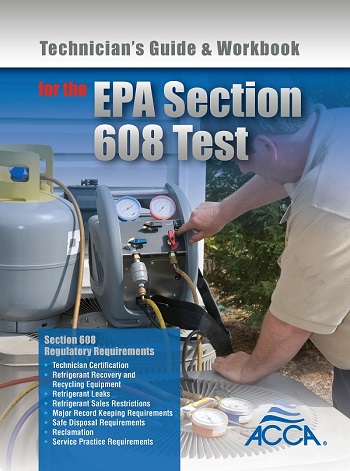Seven tips for preparing for disasters and other emergencies

I realize this isn’t an uplifting topic for the holiday season, but with the beginning of winter storms and the crazy events happening overseas, it seems to be a good time to think about it. How many of us really know what to do in an emergency?
I remember tornado drills when I was kid — lining up in hallways, away from windows, with our arms over our heads. I’m not sure how much protection it really was, but I guess I felt safe because we were preparing for it. Do they still do those?
Of course, growing up during threat of nuclear war was frightening, but I don’t remember going through any drills on how to survive a nuclear bomb when I was in high school and college. Do they even have bomb shelters anymore?
Blizzards are a common occurrence in the snowy regions of the country, and I always travel with blankets, boots, hand/foot warmers and water in my car.
Earlier this fall, the Federal Emergency Management Agency had a National PrepareAthon! day to help Americans improve their emergency preparedness and resilience to potential disasters, such as severely cold temperatures, high heat, severe storms (including tornados, hurricanes and blizzards), earthquakes, wildfires and flooding. The best way to survive these events is to be proactive and prepare for any emergencies that are unique to your area of the country.
Disasters, either man-made or from Mother Nature, don’t always occur when you’re at home, so make sure you have a plan at your workplace to keep you and your employees safe, too.
Here are some tips from FEMA:
- Sign up for local alerts and warnings.Visit your city and/or county website to find out if they offer emergency alert notifications through their own systems. Ensure your cell phone is enabled to receive wireless emergency alerts to warn you of extreme weather and other emergencies in your area. Warning sirens are intended for outdoor notification. When indoors, your alert-enabled smartphone or weather radio can provide you with critical alerts.
- Develop emergency communications plans.If your family members aren’t together in an emergency and telephone circuits are jammed, does everyone know what to do? Visit www.ready.gov/plan-for-your-risks for tips on how to ensure your plan is as comprehensive as possible.
- Determine disaster risks in your area.Learn about all the disaster risks unique to your community — and any location you may visit or spend time at — so you’re not caught unaware if something were to occur. Do you live or work on a floodplane or close to a fault line? Once you know the type of disasters, take steps to reduce your risk. Talk to your insurance agent and verify you’re fully covered. Did you know homeowner’s insurance doesn’t cover flood damage? Or that sewer backup damage is typically covered by a rider added to homeowner’s coverage? Is your company’s building properly insured? Visit www.community.fema.gov/take-action/hazards to find out about the specific hazards in specific areas.
- Assemble or update emergency supplies.Include drinking water, a first-aid kit, canned food, a radio, flashlight and blankets. You can build your emergency kit in small steps. Pick up a couple extra bottles of water and cans of nonperishable food the next time you’re at the grocery store. When you buy replacement batteries for the remote control, set aside a few extras along with a flashlight. Visit www.ready.gov/build-a-kit for a disaster supply checklist. You should have a supply kit for home, car and office.
- Collect and safeguard critical documents.Make copies of important documents (mortgage papers, deed, passport, bank information, etc.). Keep copies in your home and store originals in a secure place outside the home, such as a bank safe-deposit box.
- Document property and obtain appropriate insurance.Discuss with your insurance agent the risks that may threaten your home and business, and the types of coverage you may need to ensure your property is adequately insured. Learn more about risk reduction techniques at www.fema.gov/protecting-homes#.
- Download the FEMA app to your smartphone.You’ll receive alerts from the National Weather Service for up to five locations across the United States and have access to information about how to stay safe. Download the app — for Apple, Android and Blackberry devices — at www.fema.gov/mobile-app.
When I was young, I was in the Girl Scouts. The motto of Scouting is “Be prepared.” I encourage you to take some time over the holidays to look over this list and make sure your family — at home and at work — understands what to do in an emergency to survive.
Wishing you the best for a productive, profitable and safe 2016!
This article was originally titled “Disaster preparedness” in the December 2015 print edition of Plumbing & Mechanical.
Looking for a reprint of this article?
From high-res PDFs to custom plaques, order your copy today!








